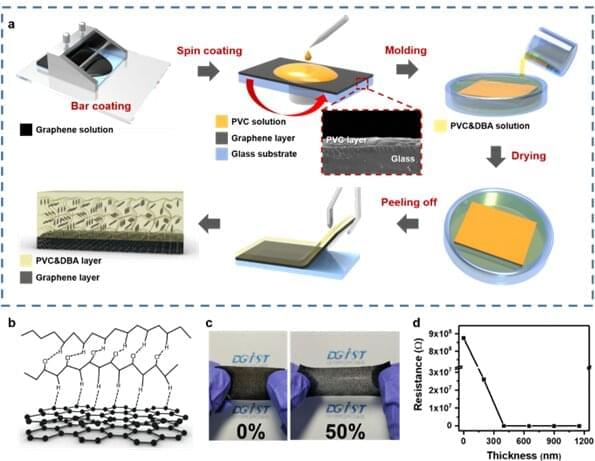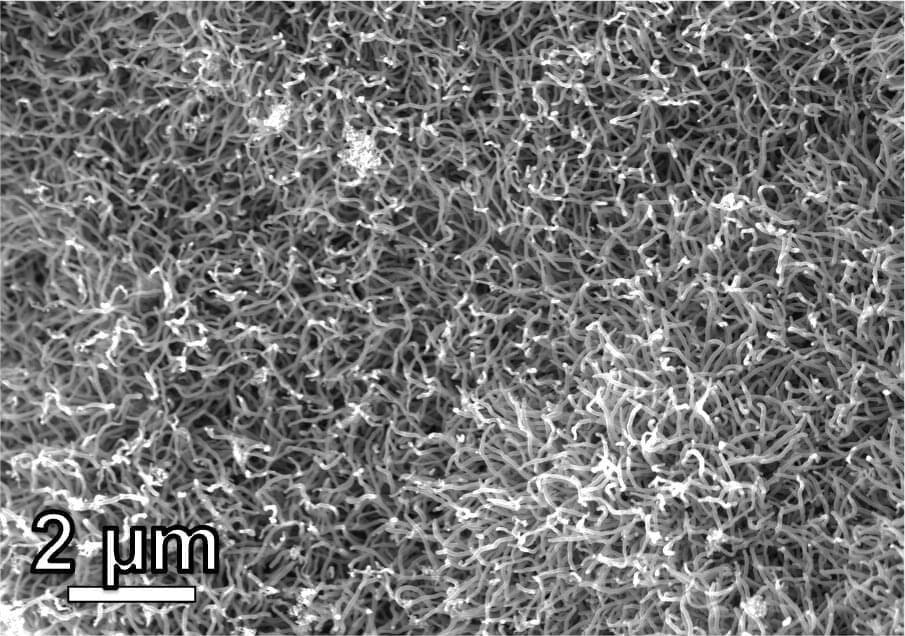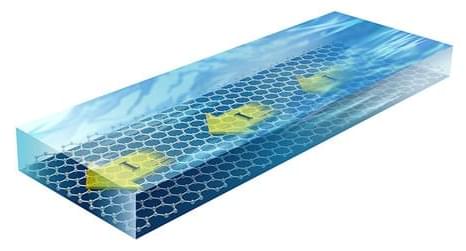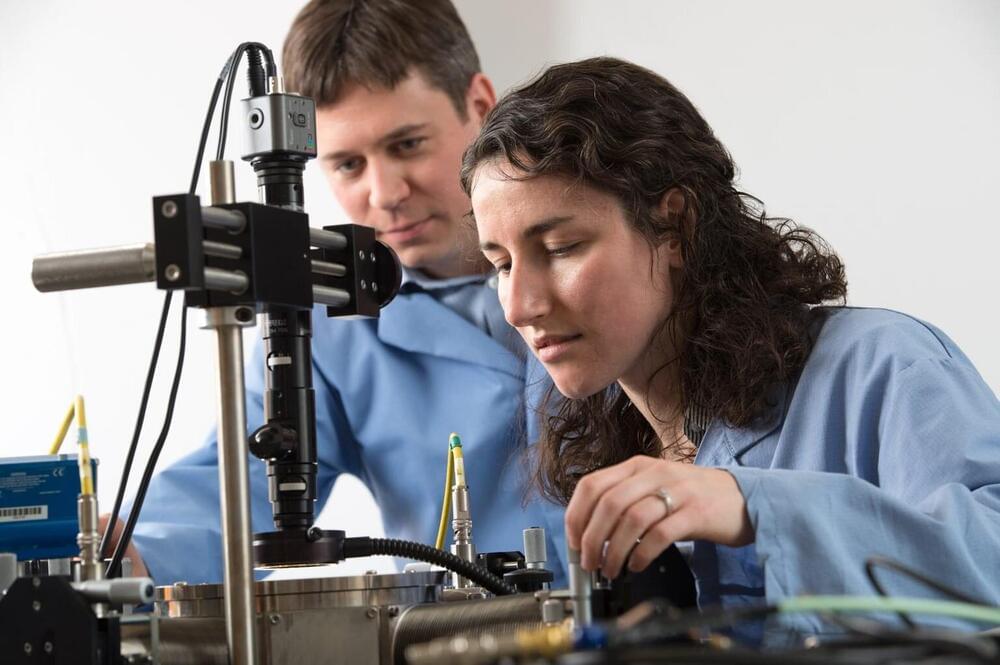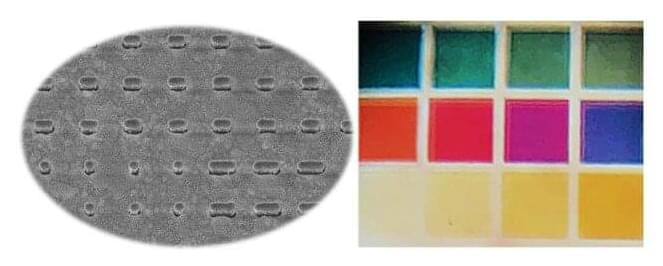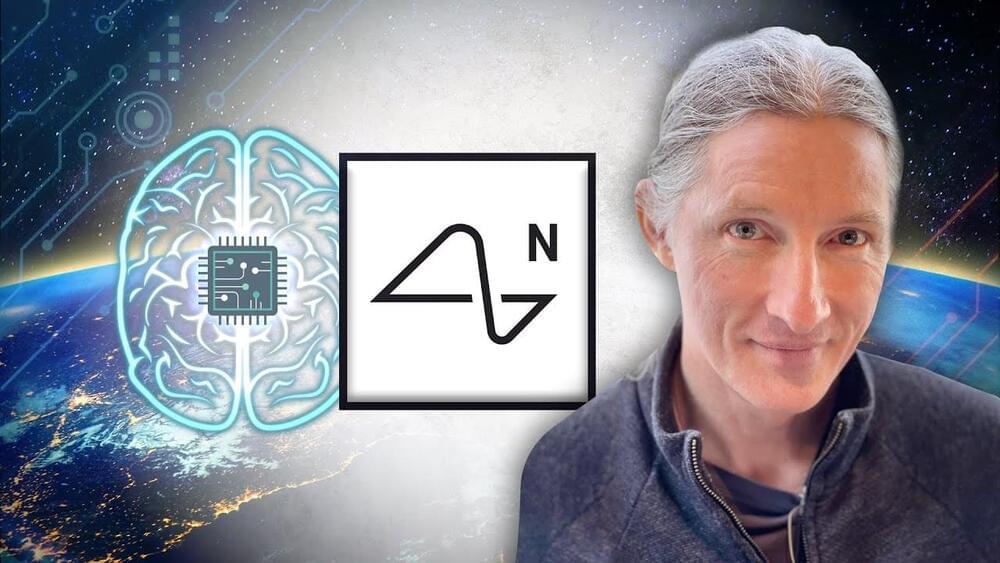Feb 20, 2023
Nanoparticle-based targeted drug delivery system for treatment of obesity and atherosclerosis
Posted by Dan Breeden in categories: biotech/medical, nanotechnology, neuroscience
A research team from LKS Faculty of Medicine, the University of Hong Kong (HKUMed) has developed thyroid hormone (TH)–encapsulated nanoparticles modified with an adipose-homing peptide, which selectively transports TH to adipose tissues. This will advance the treatment of obesity-related medical complications with TH by overcoming the severe adverse effects caused by systemic administration. The new findings are now published in Nature Communications.
Obesity is a major risk factor for multiple life-threatening chronic diseases such as diabetes and cardiovascular and neurodegenerative disorders. TH is an ancient hormone with therapeutic potential for obesity and its related medical complications by promoting energy expenditure. However, despite enormous research efforts in the past decades, clinical trials have failed to demonstrate obvious clinical benefits of chronic systemic administration of TH on weight loss in obese individuals.
Furthermore, due to widespread expression of TH receptors, systemic administration of TH often leads to serious deleterious effects on multiple organs, including tachycardia, heart attack, muscle wasting, and osteoporosis. Skeletal muscle and adipose tissues are thought to be the two major target organs where TH exerts its stimulatory actions on metabolic rate and energy expenditure. However, whether selective delivery of TH to adipose tissues is sufficient to induce weight loss remains unclear.

